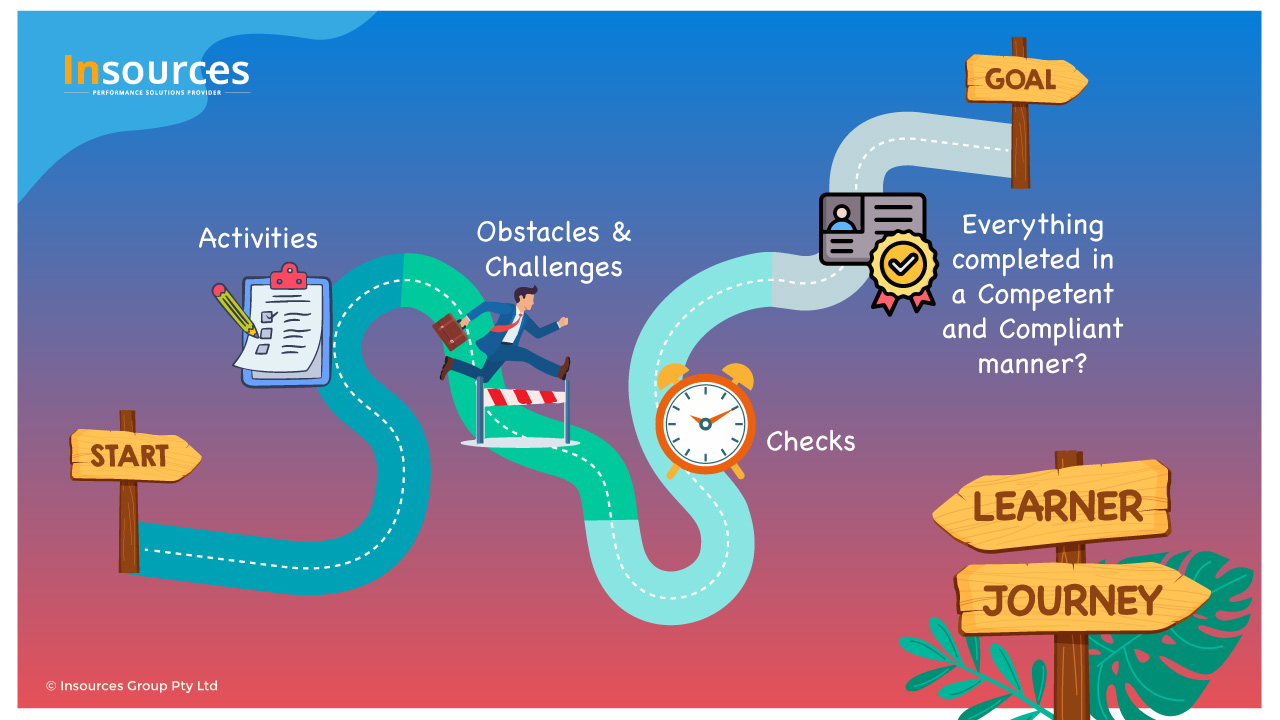
Engaging and managing competent trainers is a critical task for any RTO managers. To effectively recruit, engage and manage competent trainers the RTO must define a framework model including clear metrics that can support HR management.
Often I ask training managers what they expect from their trainers. Just recently, I started thinking that their answers are part of many of the compliance issues they are facing. I received a wide range of responses such as: “…deliver our material” – “to be reliable” – “to know the subject” – “to understand VET” – “to be compliant” – “to follow our procedures” – “with years of industry experience”.
Training managers have expectations about trainers’ capabilities and these are heavily dependent on their own systems. Those that considered their unique learning resources provided a marketing advantage, focused on the flexibility of trainers to adapt to their own system. Those delivering courses based on licensing/regulatory requirements considered the reliability of trainers to consistently complete a series of “regulatory-based” steps.
While the above are not wrong approaches and are based on genuine business needs, they do not meet the Vocational Education and Training sector expectations of trainers’ competencies.
Most RTOs understand the regulatory standards, and focus their policies and procedures for recruiting and managing trainers on the NVR standards, specifically SNR 4.4/15.4 and NSSC competency requirements. Not a bad starting point!
But as everything in VET, the “standard” must have an application and a context, so from an operational point of view this approach is an incomplete version of what is expected from a VET trainer.
IBSA recently developed a VET Capability Framework, where capabilities refer to the aptitude or ability of VET staff to perform effectively in their roles. IBSA’s framework goes beyond the trainer’s role, but the tool can provide guidance when RTOs are designing jobs and positions, and identifying gaps in the trainer’s skills.
The framework includes four “domains” (areas of work) for trainers (practitioners):
1. Teaching
2. Assessment
3. Industry and community collaboration, and
4. Systems and compliance.
According to IBSA’s framework, and based on those areas of work, it is expected that a “new trainer” (level 1) should be able to perform the following tasks:
- Teaching
- Demonstrates awareness of educational theories; determines applicability of theories to the learning needs of individuals and groups
- Contributes to development of resources and programs that generate authentic learning experiences; contributes to the design of flexible learning strategies
- Uses strategies and skills to ensure learner engagement and achievement of learning outcomes; creates supportive learner inter-relationships; uses a range of technologies effectively
- Contributes to program evaluation; seeks regular feedback to evaluate own performance and plan for improvements
- Assessment
- Demonstrates understanding of the principles of assessment and the rules of evidence
- Contributes to the development of assessment tools, or modifies existing ones, to suit client needs and specified context
- Employs a range of methods to ensure validity and reliability in assessment decisions
- Participates in assessment validation processes
- Industry and Community Collaboration
- Liaises with enterprises to ensure teaching and assessment reflects current industry practices
- Participates in enterprise networks to enhance own knowledge and skills
- Maintains vocational competence relevant to own subject area and works with others to maintain that competence; uses a range of methods to keep up-to-date with industry changes
- Contextualises program content and adapts teaching practices to suit specified enterprise needs
- Systems and compliance
- Understands National VET Quality standards and relevant legislation and ensures compliance in own work practices
- Develops own knowledge of key stakeholders such as state training authorities, industry skills councils, VET regulators and licensing bodies
- Uses current training packages and accredited courses, and supporting tools and resources, to support training and assessment practices
- Ensures work practices comply with organisational policies and procedures; maintains accurate and up-to-date records
The above can support HR managers to develop jobs and positions, and plan appraisal processes to manage relevant professional development programs. IBSA has considered three levels of expertise per working area and provides clear metrics for each level.
For example, the Teaching working area is divided into four sub-domains: Learning Theories, Design, Facilitation and Evaluation. In my experience, I have seen that trainers usually “specialise” in one of those four areas throughout their career. The graph below shows the expected progress in the Evaluation sub-domain.
Using a competency model can help HR managers within an RTO to not only ensure they are engaging competent trainers that can perform the required tasks but also help the RTO to achieve its goals.
Insources’ consultants can help you to establish the right framework for your RTO. Contact us at [email protected].





